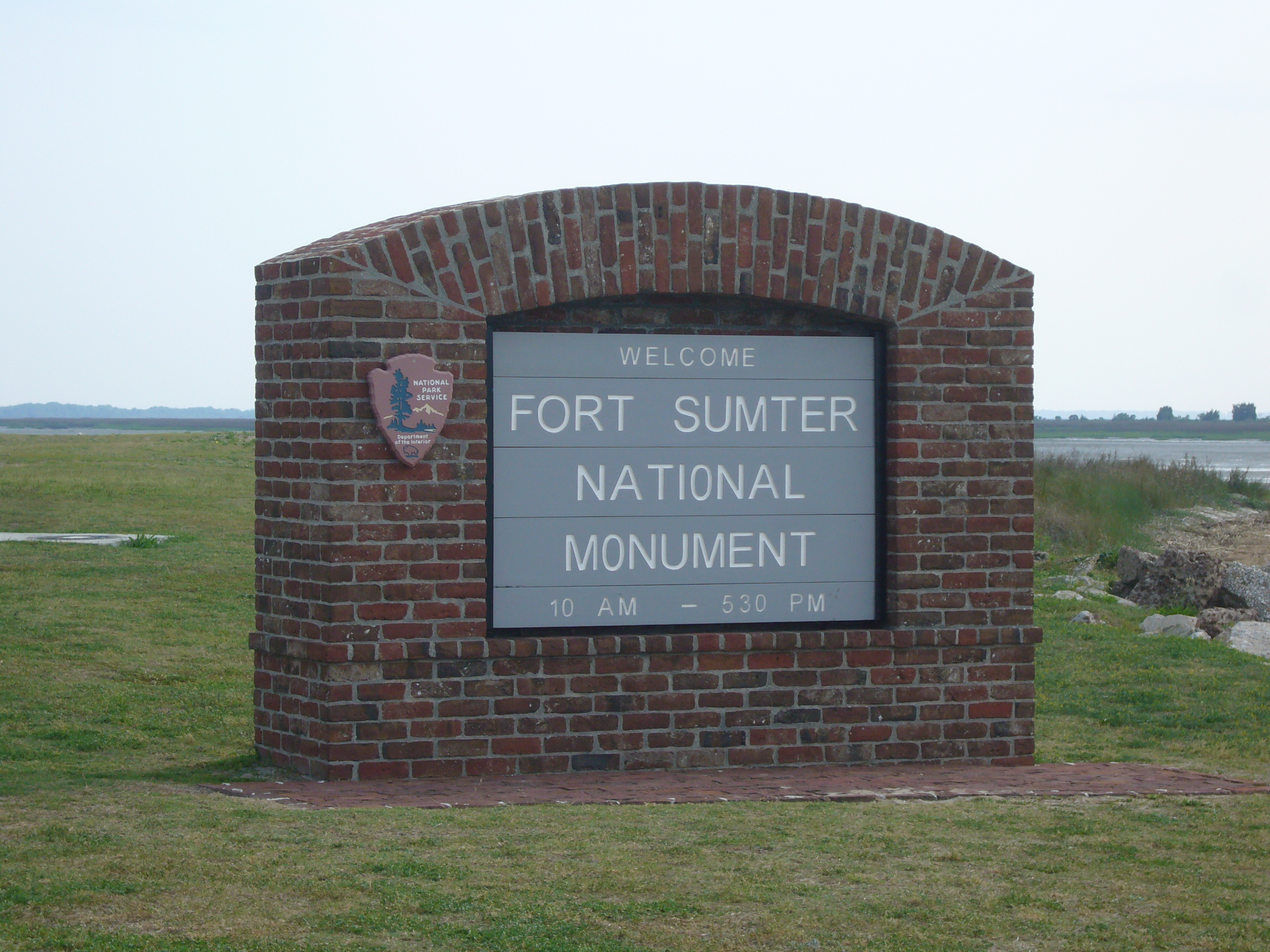A Hidden Gem Unveiled: The Mystique and Majesty of Great Basin National Park
Planning a visit? Check out the Great Basin National Park page for visitor info, directions, and what to do when you get there.

Introduction
Nestled within the Silver State’s vast expanse is an oasis of solitude waiting to be explored - the enchanting Great Basin National Park. Away from the glitz and glamor of Las Vegas’ dazzling strip, this park allows you to witness nature in its raw form. Craggy mountain peaks kiss clear blue skies while deep-set caves tell tales of times gone by.
Historical/Cultural/Geological Background
Great Basin National Park boasts a diverse geological landscape shaped over millions of years. Born from relentless forces of nature encompassing shifting tectonic plates and sculpted by glaciation, it’s home to Wheeler Peak - Nevada’s second highest mountain. This idyllic gateway to the past also protects one of America’s most extensive collections of ancient Bristlecone Pine trees; their gnarly forms whisper tales of 5000 years.
Beneath the surface awaits Lehman Caves – a stunning marble cavern adorned with surreal limestone formations called stalactites and stalagmites. Pictographs found in these caves suggest human presence dating back almost 12,000 years ago!
This park’s cultural history is no less intriguing - with Native American tribes like Shoshone and Paiute making this basin their home for centuries before European settlers arrived.
Activities Guide
With every rise of sun casting a golden hue on alpine ridges and glacial moraines, Great Basin National Park awakens to a day of exploration and adventure. For the hikers, trails winding up Wheeler Peak provide breathtaking vistas at each bend. If you’re looking for a less strenuous route, consider the Alpine Lakes Loop Trail, which meanders past glacier-carved lakes and blooming wildflowers.
Nighttime in the park offers an equally mesmerizing experience as star-studded skies come alive, offering some of the nation’s best stargazing opportunities due to low light pollution. Curious about cave explorations? Guided tours into Lehman Caves offer unique insights into this subterranean wonderland.
Visitor Information
The park is open year-round with camping facilities available from early May until late October. The Visitor Center serves as an informative hub that provides interactive exhibits along with ranger-led programs.
Two campgrounds - Wheeler Peak and Lower Lehman are well-equipped for tent and RV camping. However, be aware there are no services like fuel or groceries within the park; Baker is the nearest town with such amenities.
While there are no entrance fees for Great Basin National Park, specific charges apply for cave tours and campgrounds reservations.
Tips for Different Visitors
Whether you’re a solo explorer seeking serenity or a family keen on teaching youngsters about nature’s marvels, Great Basin National Park caters to all sorts of visitors.
For families, easy hiking trails like Mountain View Nature Trail and educational programs make learning fun. Solo travelers can take up challenges like summiting Wheeler Peak or tackle backpacking adventures across Baker Creek loop trail. Photographers should not miss sunrise views from Mather Overlook while night sky enthusiasts should join rangers-led Star Train Programs.
Remember that weather conditions can change rapidly in mountainous areas therefore always be prepared with proper clothing and equipment.
Regional Context
Great Basin National Park is part of the larger Great Basin Desert, spanning much of Nevada and parts of California, Utah, Oregon and Idaho. The park’s unique geography offers a rich biodiversity that links the Mojave Desert with the Sierra Nevada.
The park provides an excellent base to explore other stunning locations in Nevada like Ruby Mountains or Ely’s Renaissance Village. If you’re up for a scenic drive, take Highway 50 known as the “Loneliest Road in America,” which offers unparalleled views of Nevada’s beautifully barren landscapes.
Conclusion
From marvelling at age-old trees clinging to life on rocky slopes to exploring awe-inspiring caves and gazing at a sky bursting with stars, Great Basin National Park is truly a sanctuary for nature lovers. So come and make memories under its Bristlecone pines and wide skies - you’ll carry them back in your heart, etched deeper than any picture ever could.
Frequently Asked Questions
What are the operating hours and admission fees for Great Basin National Park?
Great Basin National Park is typically open year-round, though specific hours may vary by season. Most national parks charge an entrance fee, but some sites are free to visit. Check the official NPS website for current hours and fee information.
How long should I plan for a visit to Great Basin National Park?
A typical visit to Great Basin National Park can range from a few hours to a full day, depending on your interests and the activities you choose. Allow extra time for hiking, photography, and exploring visitor centers.
What should I bring when visiting Great Basin National Park?
Essential items include comfortable walking shoes, water, snacks, sunscreen, and weather-appropriate clothing. Bring a camera to capture the scenic views and consider binoculars for wildlife viewing.
What is the best time to visit Great Basin National Park?
The best time to visit depends on your preferences and the activities you plan to enjoy. Spring and fall often offer pleasant weather and fewer crowds, while summer provides the longest daylight hours.
Is Great Basin National Park accessible for visitors with mobility needs?
Many areas of Great Basin National Park are accessible to visitors with mobility needs, including paved trails and accessible facilities. Contact the park directly for specific accessibility information and current conditions.


